A uniform horizontal rod of length 40cm and mass 1.2kg is supported by two identical wires as shown in figure. Where should a mass of 4.8kg be placed on the ord form left end (in cm) so that the same tuning fork may excite the wire on left into its fundament vibrations and that on right into its first overtone? Take g=10m/s2.
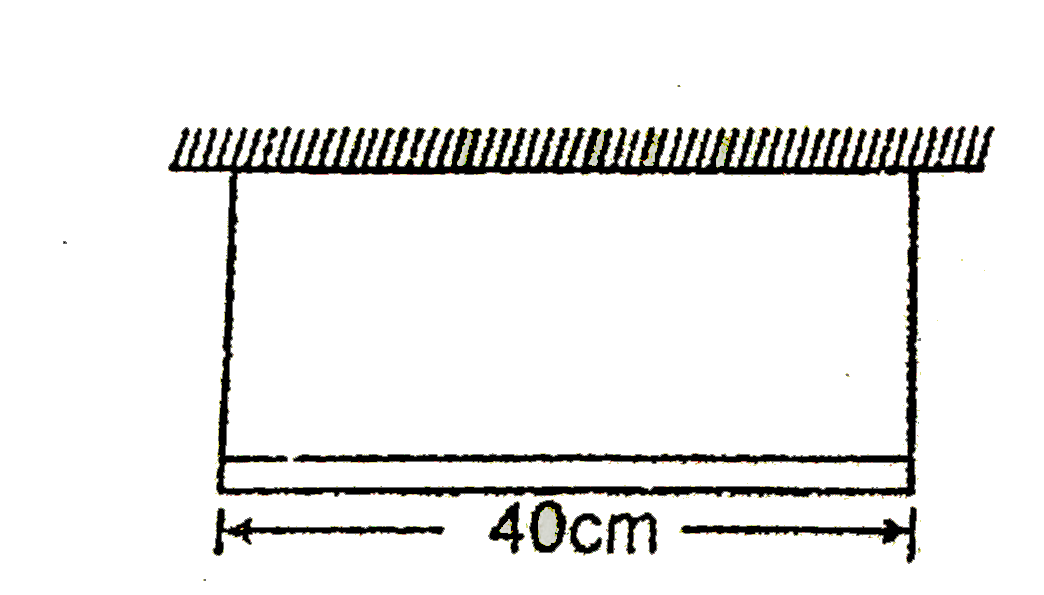
The correct Answer is:5
Step by step video, text & image solution for A uniform horizontal rod of length 40 cm and mass 1.2 kg is supported by two identical wires as shown in figure. Where should a mass of 4.8 kg be placed on the ord form left end (in cm) so that the same tuning fork may excite the wire on left into its fundament vibrations and that on right into its first overtone? Take g = 10 m//s^(2). by Physics experts to help you in doubts & scoring excellent marks in Class 12 exams.
Updated on:21/07/2023Topper's Solved these Questions
- TRAVELLING WAVESBook:RESONANCEChapter:TRAVELLING WAVESExercise:Exercise- 2 PART III
Explore 15 Videos
- TRAVELLING WAVESBook:RESONANCEChapter:TRAVELLING WAVESExercise:Exercise- 2 PART IV
Explore 9 Videos
- TRAVELLING WAVESBook:RESONANCEChapter:TRAVELLING WAVESExercise:Exercise- 2 PART I
Explore 21 Videos
- TEST SERIESBook:RESONANCEChapter:TEST SERIESExercise:PHYSICS
Explore 127 Videos
- WAVE ON STRING Book:RESONANCEChapter:WAVE ON STRING Exercise:Exercise- 3 PART I
Explore 19 Videos
Similar Questions
The plane wave represented by an eqution of the form y = f(x-vt) implies the propagation along the positive x-axis without chang of shape with constant velocity v. Then
View SolutionA pulse is started at a time t=0 along the +x directions an a long, taut string. The shaot of the puise at t=0 is given by funcation y with
y=⎧⎪ ⎪⎨⎪ ⎪⎩x4+1for−4<x≤0−x+1for0<x<10 otherwise
here y and x are in centimeters. The linear mass density of the string is 50g/m and it is under a tension of 5N,
the shape of the string is drawn at t=0 and lthe area of the pulse elclosed by the string and the x−string is measured. It will be equal to
View SolutionThe same progressive wave is represented by two graphs I and II. Graph I shows how the displacement 'y' varies with the distance x along the wave at a given time. Graph I shows how y varies with time t at a given point on the wave. The ratio of measurements AB to CD, marked on the curves, represents :
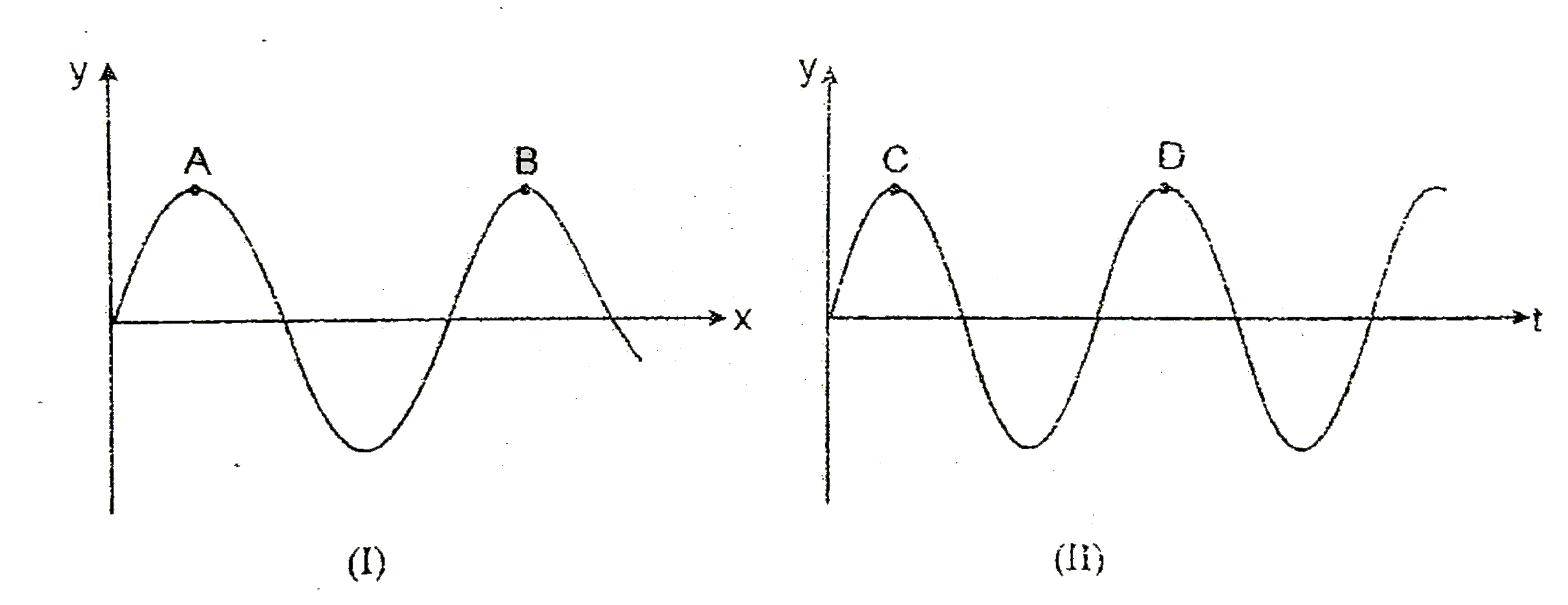
View SolutionA time varying voltage is applied across A & B such that voltage across capacitor is given by VC=2sin2t. What is maximum potential difference across the reistance?
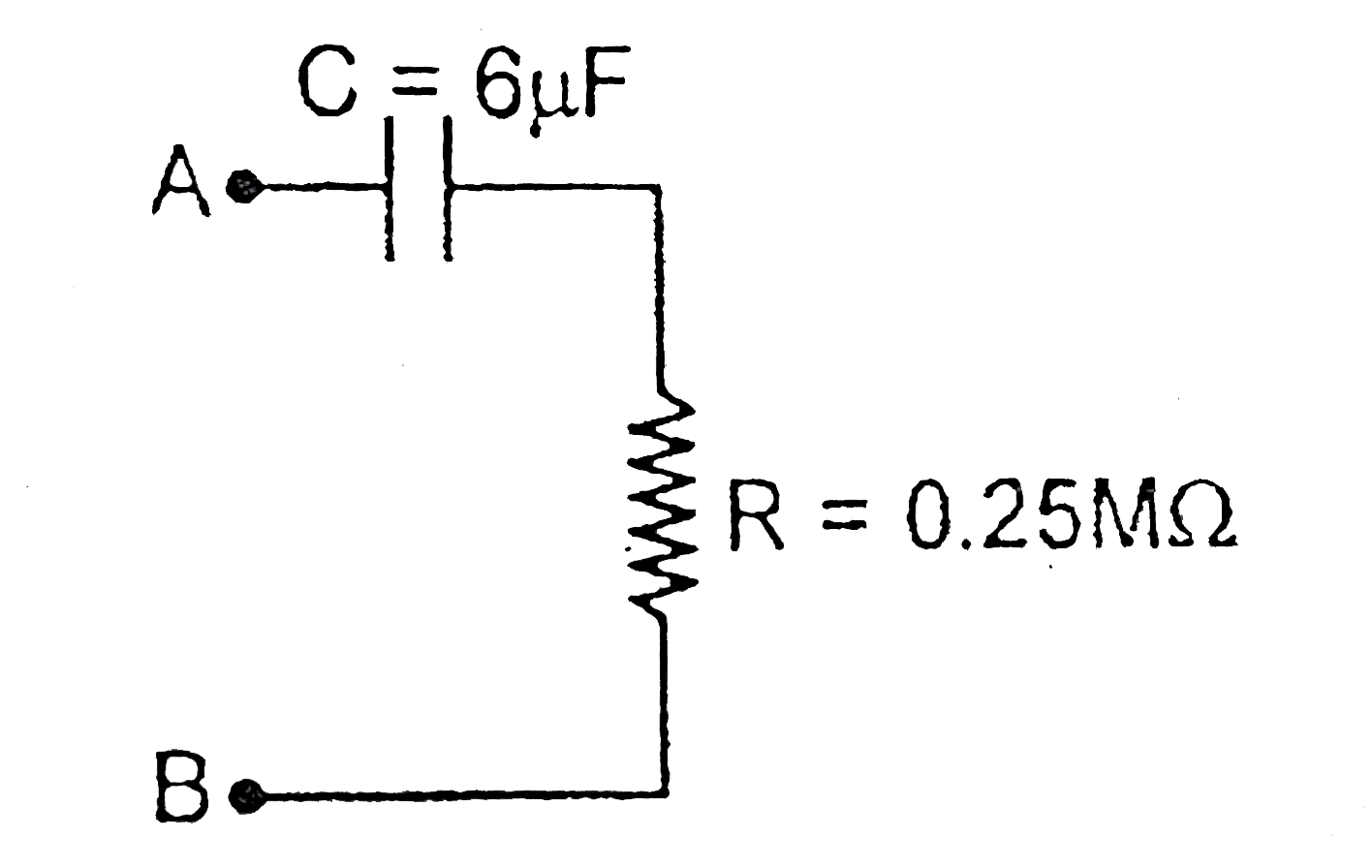
View SolutionA transverse wave travelling in a string produce maximum transverse velocity of 3m/s and maximum transverse acceleration 90m/s2 in a particle. If the velocity of wave in the string is 20m/s. Datermine the equation of the wave ?
View SolutionA uniform horizontal rod of length 40 cm and mass 1.2 kg is supported by two identical wires as shown in figure. Where should a mass of 4.8 kg be placed on the rod so that the same tuning fork may excite the wire on left into its fundamental vibrations and that on right into its first overtone ? Take g=10ms−2
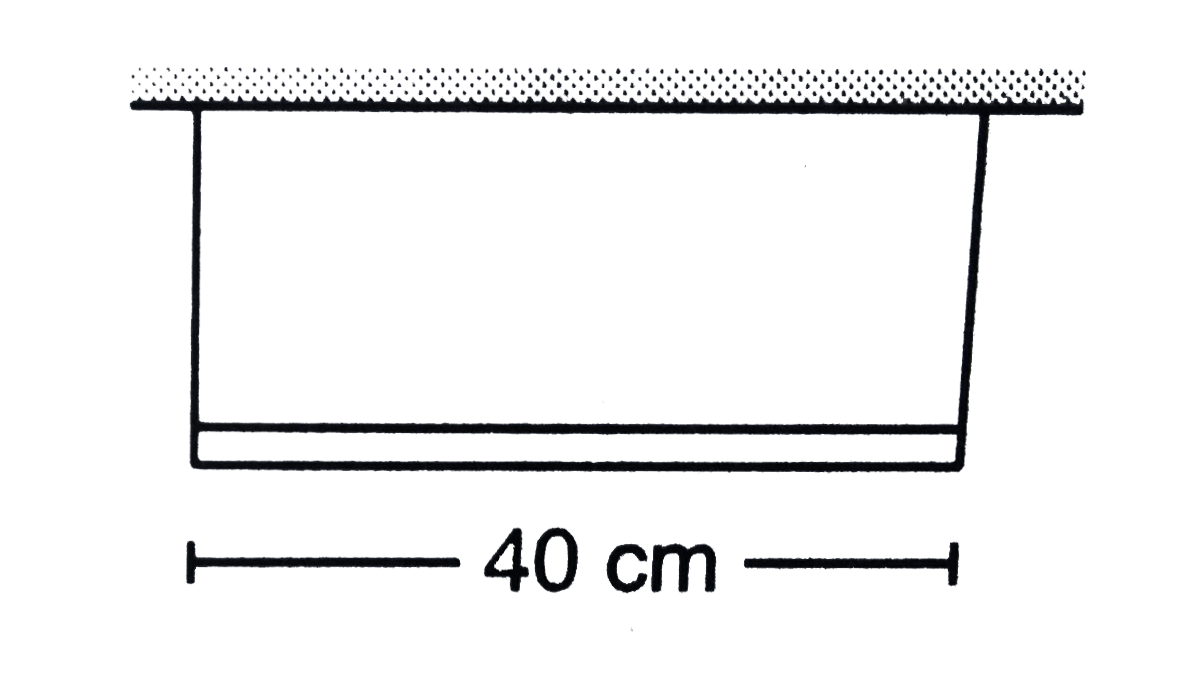
View SolutionAB wire (length x) is vibrating in its fundamental mode. Wire AB is in resonance with resonance tube in which air column (length x/2) is also vibrating with its fundamental mode. Sound speed is 400 m/sec and linear mass density of AB wire is 10^-4 kg/m and g=10 m//sec^2 , value of mass m = [beta(10^-1)] kg , then find value of beta .Neglect the masses of wires in comparison to block's mass 'm'.
View SolutionA 100 cm long wire of mass 40 g supports a mass of 1.6 kg as shown in figure . Find the fundamental frequency of the portion of the string between the wall and the pulley. Take g=10m/s2.
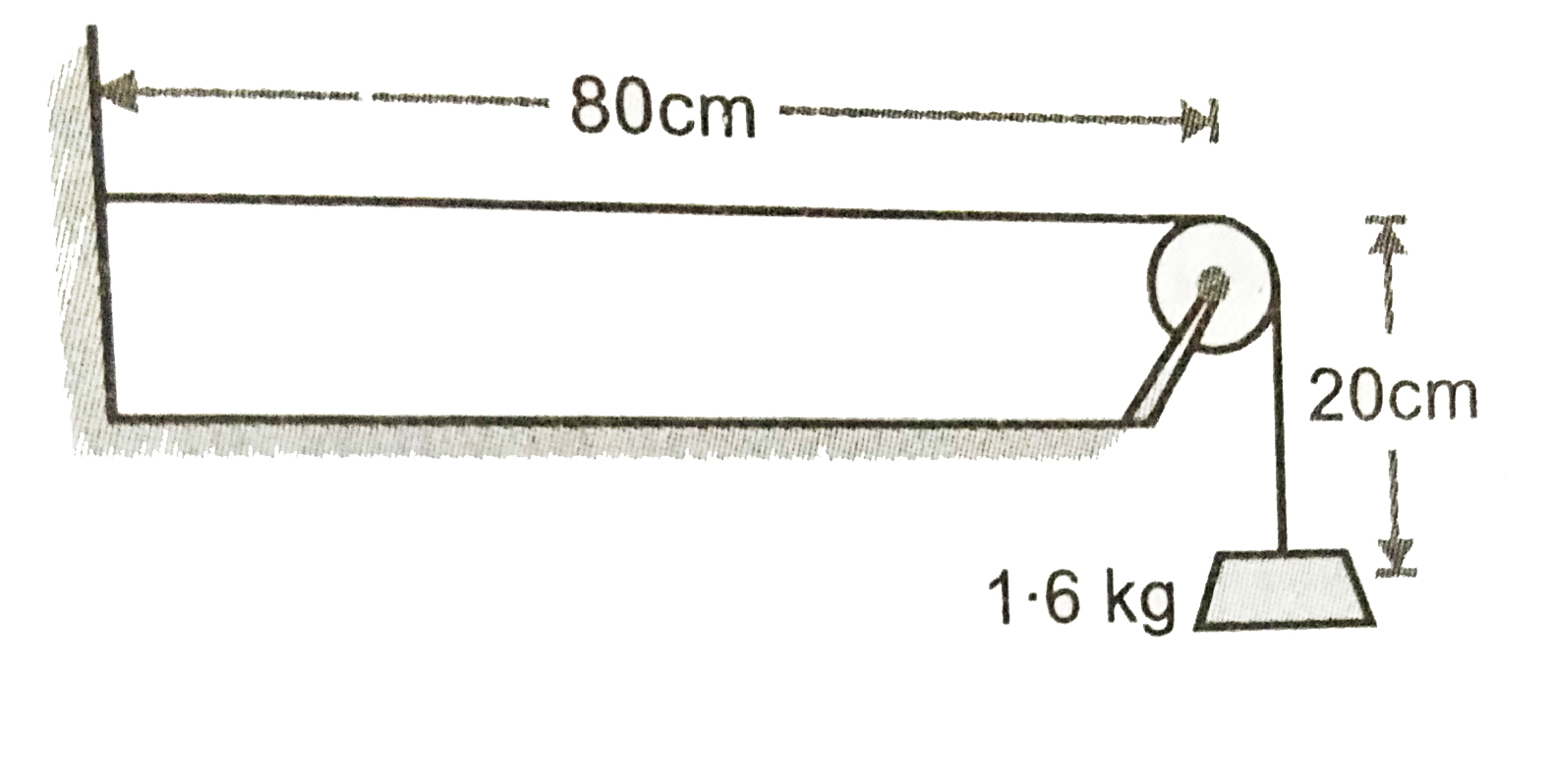
View SolutionThe length of the wire shown in the figure between the pulleys is 1.5m and its mass is 12.0g. The frequency of vibration with which the wire vibrates in three loops forming antinode at the mid point of the wire is - (Take g=9.8 m//s^2 )
View SolutionA sonometer wire under tension of 64 N vibrating in its fundamental mode is in resonance with a vibrating tuning fork. The vibrating portion of the sonometer wire has a length of 10 cm and mass of 1 kg. The vibrating tuning fork is now moved away from the vibrating wire with a constant speed and an observer standing near the sonometer hears one beat per second. Calculate the speed with which the tuning fork is moved, if the speed of sound in air is 300 m/s.
View SolutionA Sonometer wire vibrating in first overtone has length of 31.25 cm . Tension in the wire is 256 N and mass per unig length is 10gm//m . When it is sounded together with a tuning fork 10 beats are heard. If tension in the wire is slightly increased no beats are heard. What is the possible frequency of the tuning fork?
View SolutionA 50cm long wire of mass 20g supports a mass of 1.6kg as shown in figure. Find the first overtone frequency of the portion of the string between the wall and the pulley. Take g=10m/s2
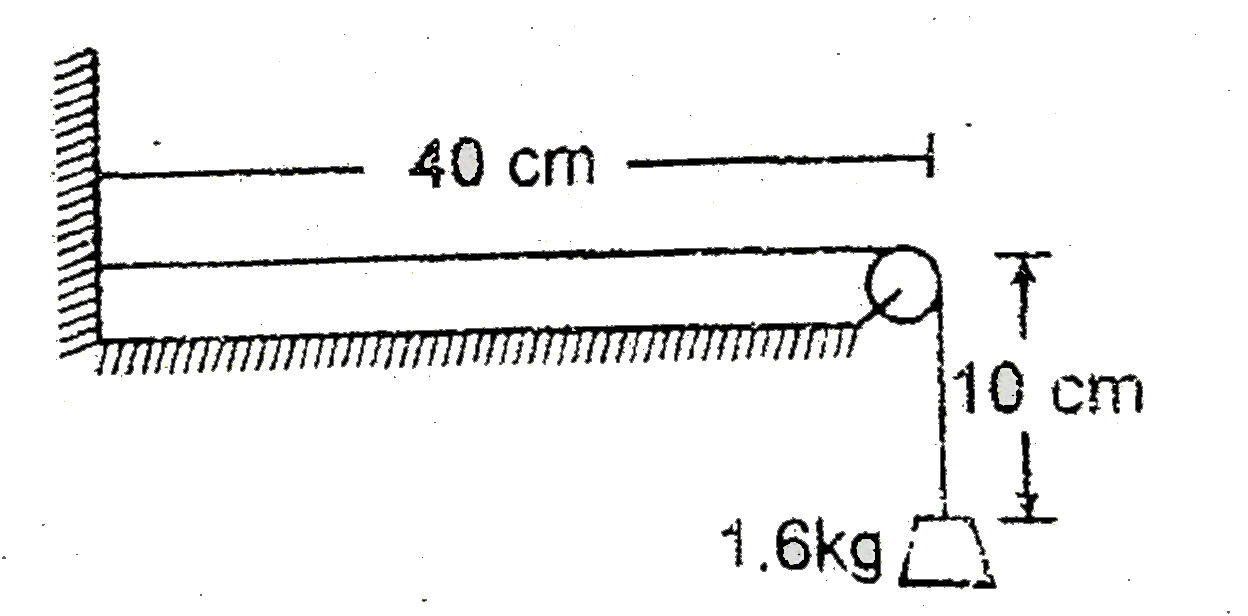
View SolutionA sonometer wire vibrating in its fundamental mode, is in unison with a tuning fork when the length of the wire between the bridges is 25 cm. By keeping the same tension , the length between the bridges is increased to 75 cm. The tuning fork can still be in resonance with the vibrating wire , provided the wire vibrates with
View SolutionA horizontal conducting wire of length 0.1 m carries a current of 4A. If mass of the wire is 7.5 xx 10^(-5) kg and g=10 m//s^(2) , the uniform magnetic induction required to support the weight of the wire is
View SolutionA uniform horizontal rod of length 40 cm and mass 1.2 kg is supported by two identical wires as shown in figure. Where should a mass of 4.8 kg be placed on the rod so that the same tuning fork may excite the wire on left into its fundamental vibrations and that on right into its first overtone ? Take g=10ms−2

View Solution
